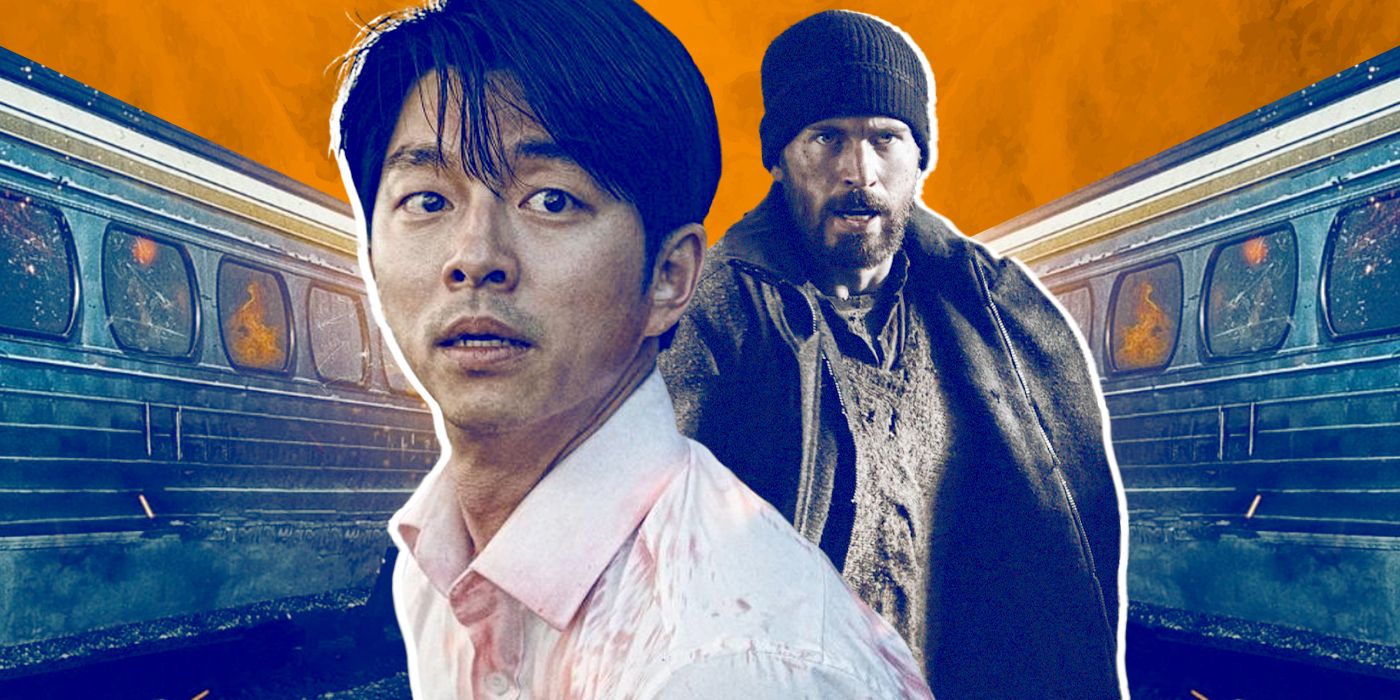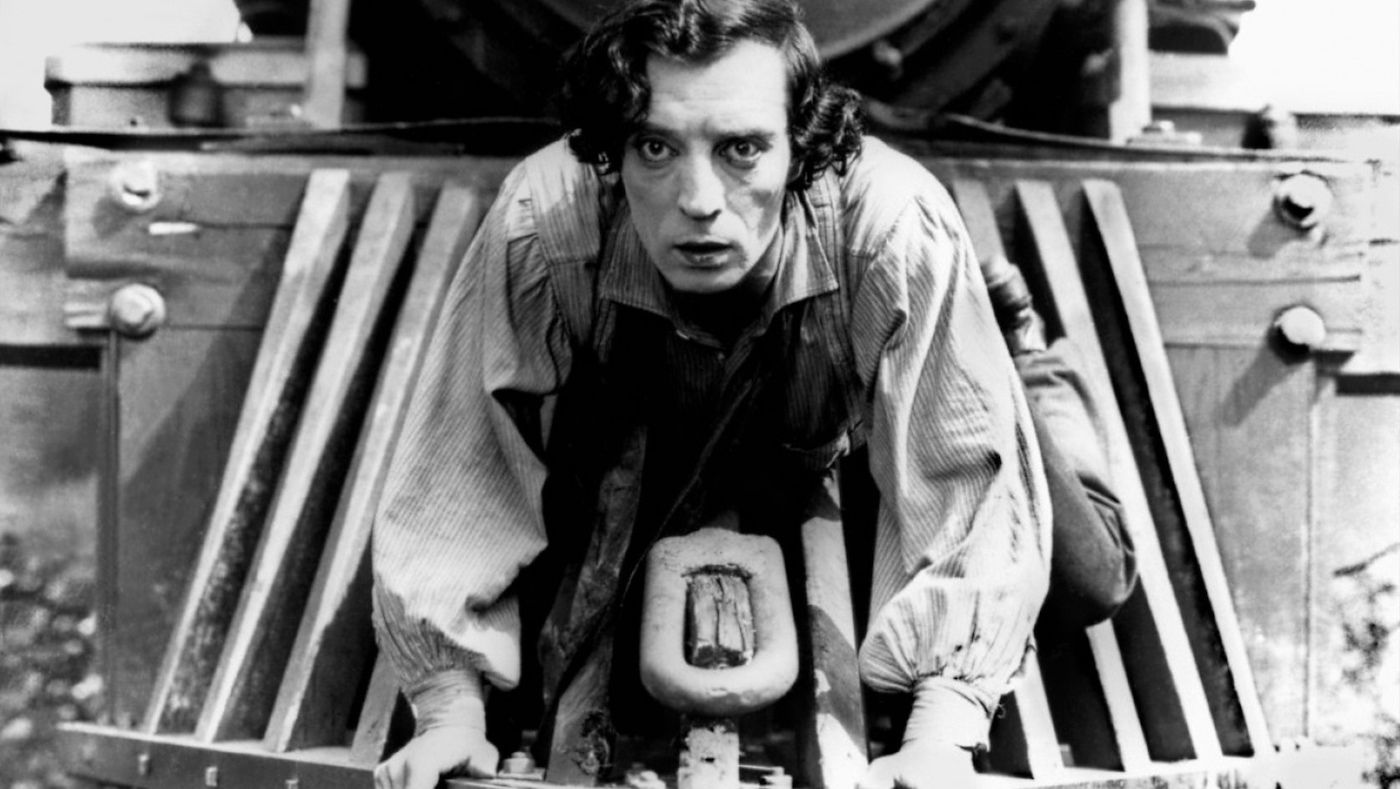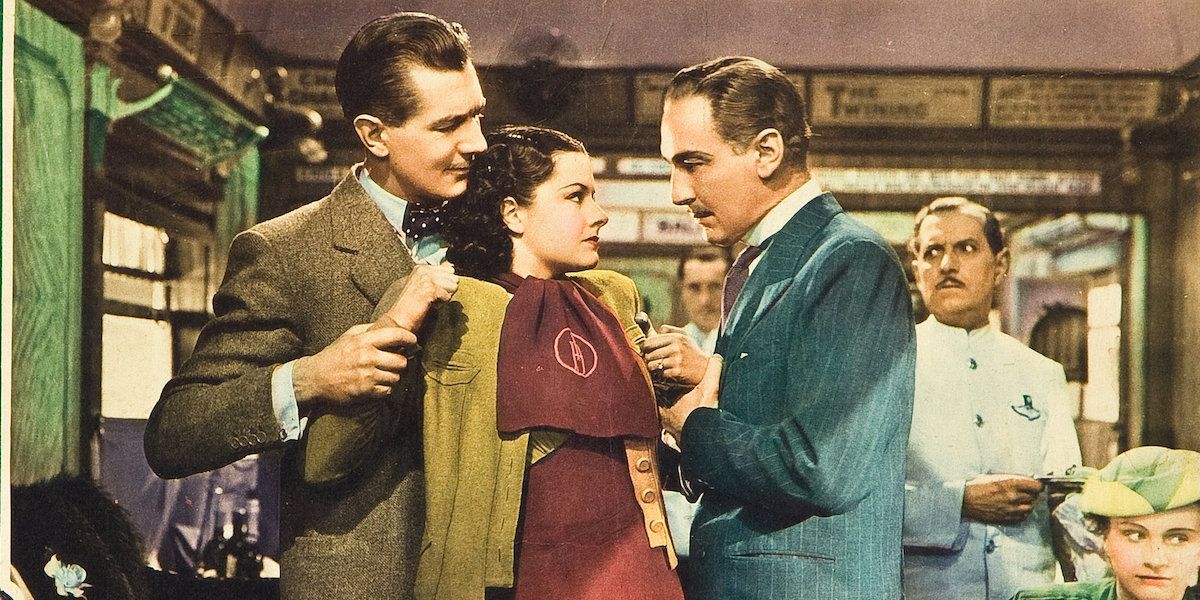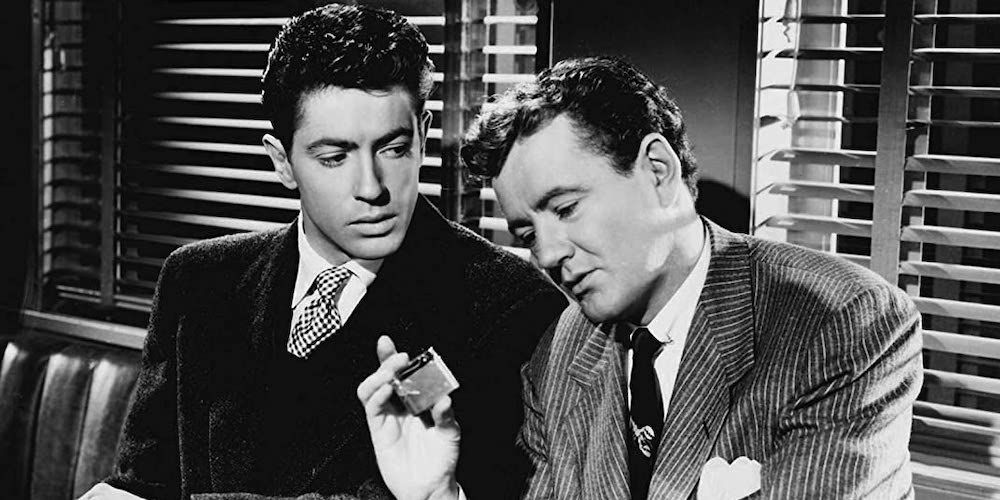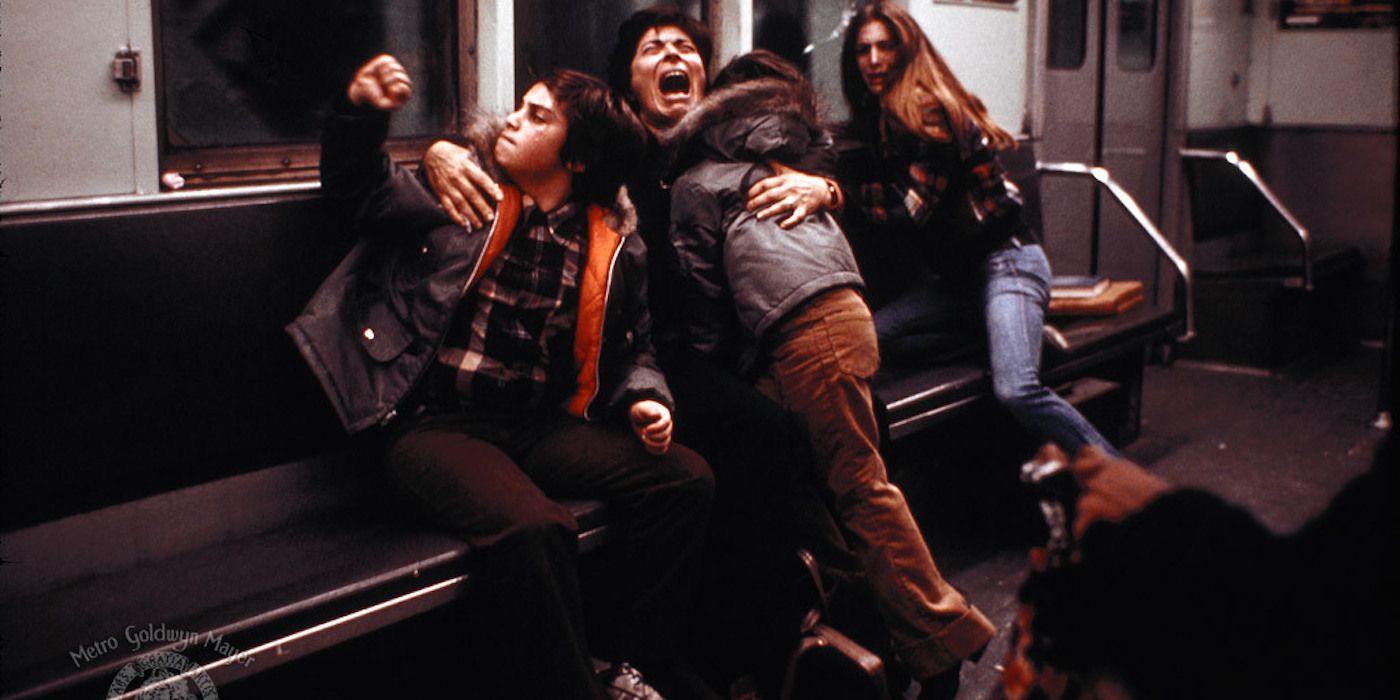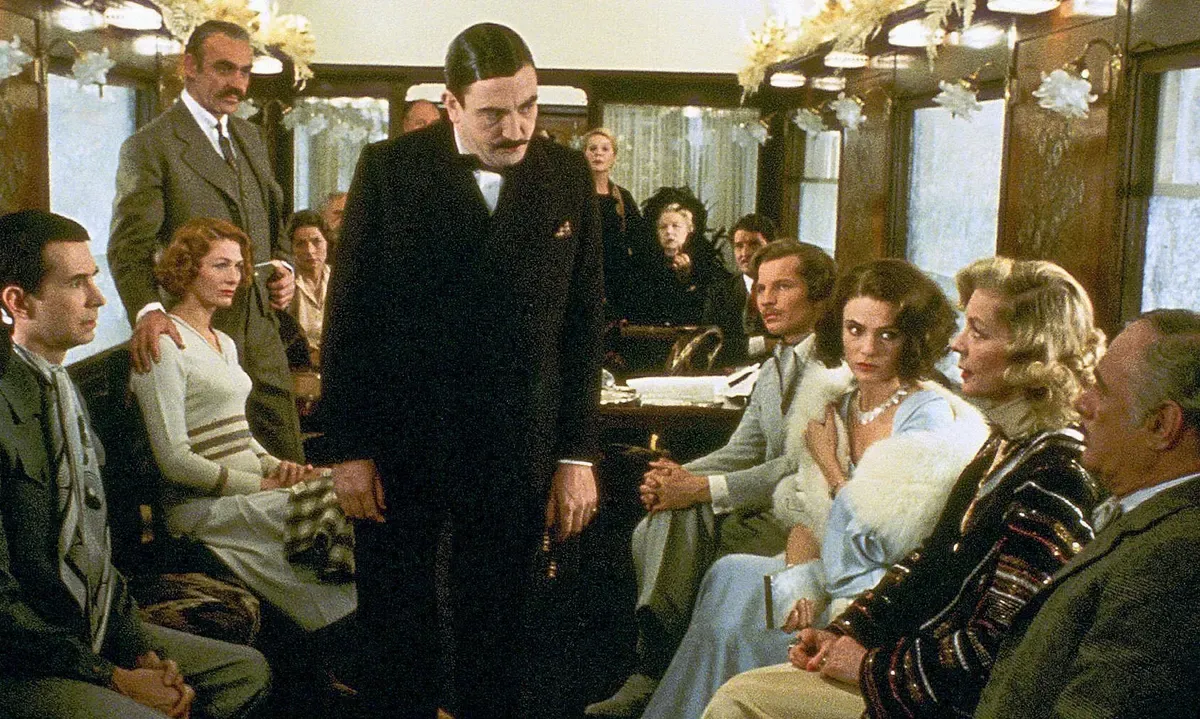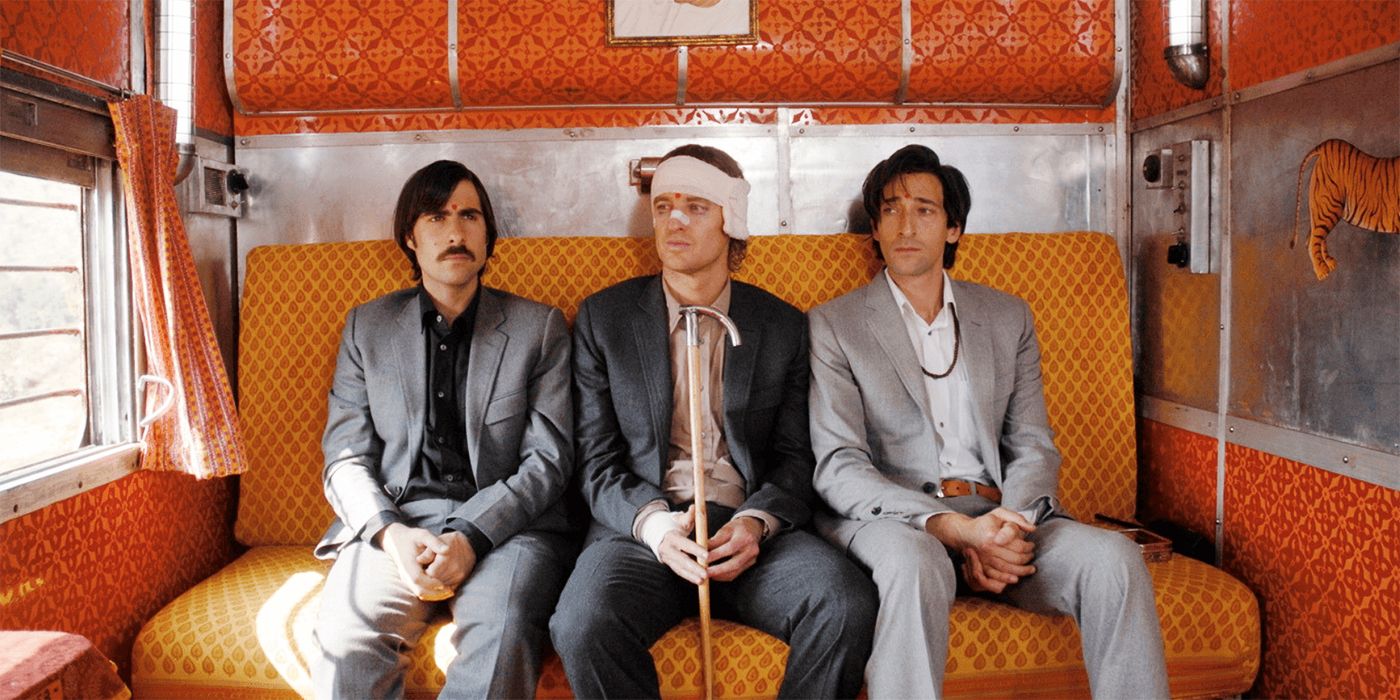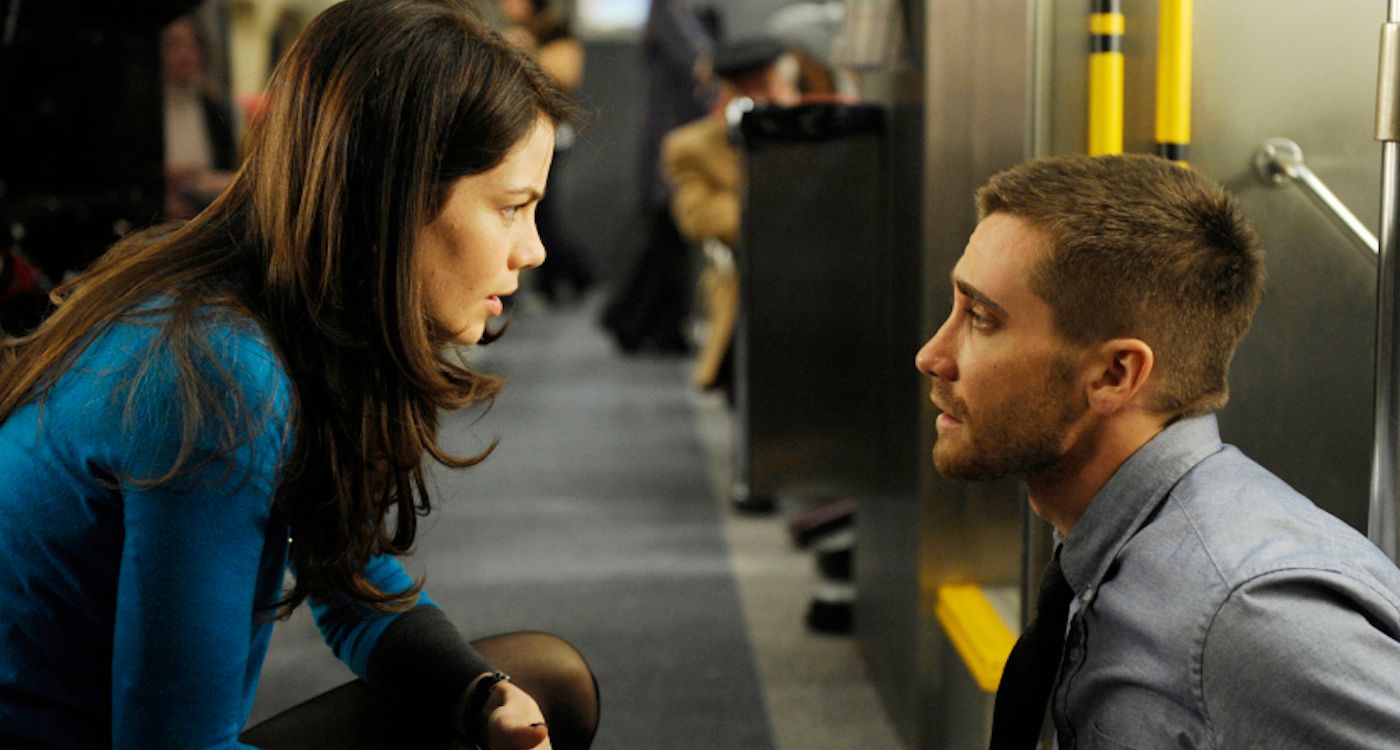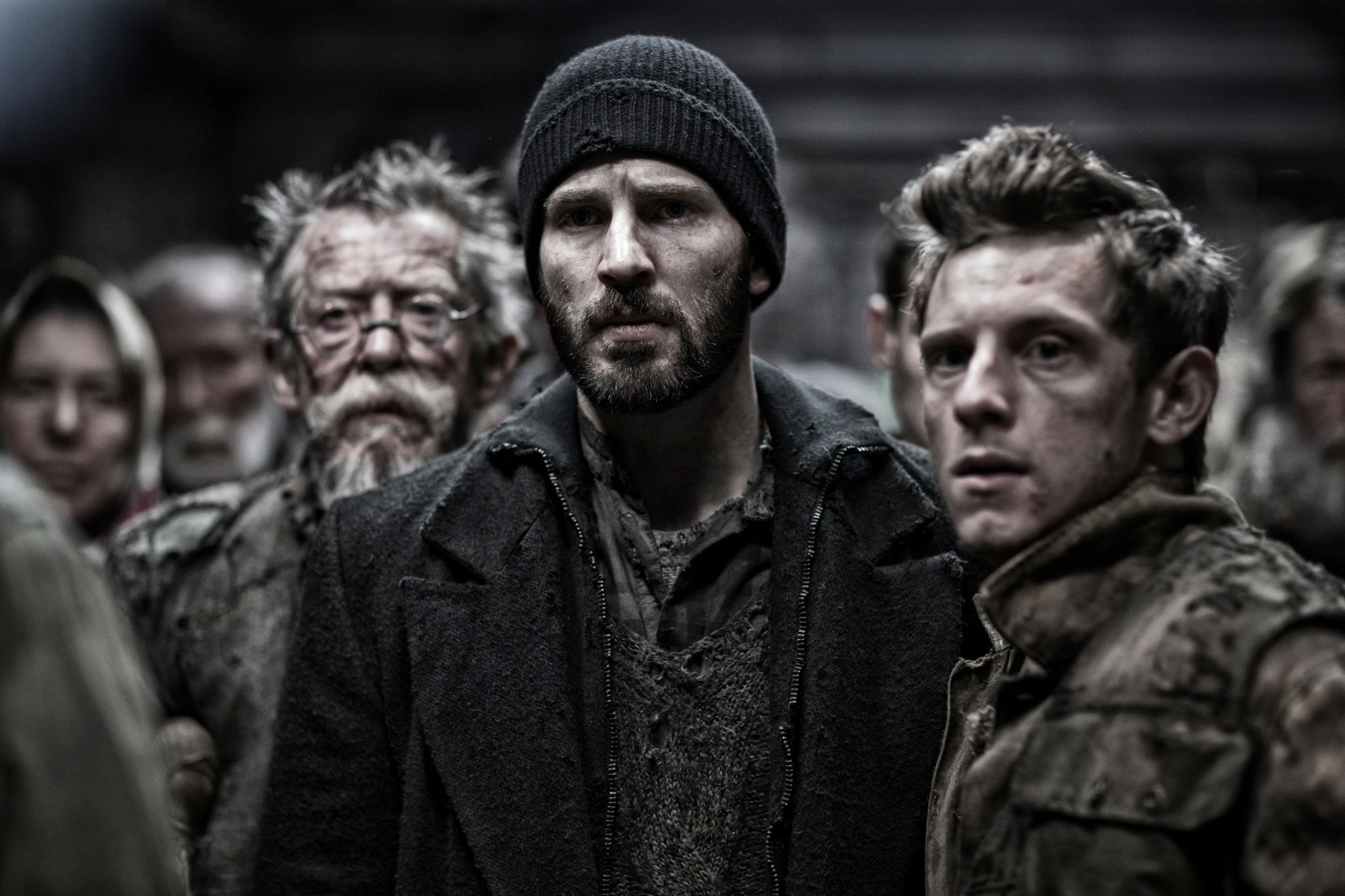In our car-obsessed culture, trains are severely underrated. In addition to being more eco-friendly than cars, trains are often faster, more relaxing, and they also don’t have the hassle of getting through security that planes have. This underrated nature that trains have also seems to carry over to their place in movies, as there aren't a ton of classics that take full advantage of the marvels of railed transit. However, there are a surprising amount of underrated gems as well as beloved favorites that either take place on trains or use them as the focal point of a story.
So, in honor of Bullet Train now streaming on Netflix, it seems as good a time as any to take a look back at the various films over the decades that make great use of trains of all shapes and sizes.
The General (1926)
Despite being set during the Civil War and a bit of a satire of the era, the titular General actually refers to the locomotive that Buster Keaton’s Johnny Gray commandeers throughout the film. The General was not a huge success at the time, either critically and commercially, which effectively ended Keaton’s glorious string of silent comedies that he made for Joseph Schenck’s independent studio before signing on to a less fruitful contract with MGM Studios. However, The General now looks like the pinnacle of Keaton’s career, as it feels completely ahead of its time in its use of physical comedy, period accuracy, and death-defying action being interwoven with each other seamlessly.
There’s an extended sequence where Keaton chases down an enemy train, and we see him having to deal with his enemies throwing large pieces of wood, riding the train’s cowcatcher, and narrowly avoiding being pulverized by his own airborne cannonball. It’s the type of sequence that makes it surprising that no one was killed on the set of this movie, since the ballet between locomotives and very human comedy is impressively audacious and considering the level of safety on 1920s film sets, likely very dangerous. The General’s use of train-heavy mayhem also deserves credit for staging what is supposedly the most expensive single shot in all of silent cinema, where we see a high-rise bridge crumbling under the weight of a locomotive.
The Lady Vanishes (1938)
There are few directors with as many recognizable trademarks as Alfred Hitchcock, and one of the less obvious ones is that he was a big fan of trains. Many of Hitchcock’s films feature a scene or two set on trains — everything from Shadow of a Doubt to North By Northwest to a film we’ll talk about in a bit. However, The Lady Vanishes is almost certainly Alfred Hitchcock’s definitive train movie, since it sees Hitchcock at the peak of his early British period while the bulk of the movie takes place on a trans-European rail journey.
The Lady Vanishes has a bit of a lighter touch than many of Hitchcock’s previous films, as it weaves a surprising amount of dry humor into this story of a woman who’s gone missing on a train, while Iris (Margaret Lockwood), the only woman who remembers seeing her, attempts to track her down. It has a surprising amount of elements you’d see in later train movies, particularly the intersection of different personalities and backgrounds that happens when a bunch of random strangers are placed on the same moving vehicle together. As we see in The Lady Vanishes, a train has the potential to be a microcosm of human nature, with many of the characters having their own reasons for lying to Iris. But, things get more complicated as they get to know each other and have a harder time concealing the truth.
Strangers on a Train (1951)
Though not as much of Strangers on a Train actually takes place on trains as the title might suggest, it still uses one of the most quintessentially Hitchcockian plots. The film begins with a series of close-ups of two pairs of feet walking on a train before one of them bumps into the other, and we see that they belong to Bruno (Robert Walker) and Guy (Farley Granger), whom Bruno recognizes as a famous tennis star. They strike up a playfully morbid conversation in which they hypothetically theorize how they’d murder the people in their lives who are driving them nuts (in Guy’s case, his cheating wife, and in Bruno’s, his disapproving father), which would be a perfect crime since as far as anybody knows, they're strangers.
Though Guy thought this was all just a joke, after they part ways, Bruno actually follows up on his part of the deal by killing Guy’s wife. “Devilish” is probably the best way to describe this Hitchcock outing, as it is equal amounts of charm and sadism are personified by the suavely psychopathic Bruno. It’s also pretty hilarious that such a dark film’s climax does include a knock-down-drag-out fight scene taking place at high speeds — on not a train but a merry-go-round!
The Taking of Pelham One Two Three (1974)
It would be a shame to go through this list without talking about underground trains, and in particular, the massive network of trains that make up the New York City subway system. The Taking of Pelham One Two Three focuses on one particular 6 train that has been taken hostage by a bunch of similarly mustachioed men who demand $1 million in exchange for the train’s hostages. While the posse is led by Mr. Blue (Robert Shaw), he has a kind of remote battle of wills with NYC Transit Police Lieutenant Zachary Garber (Walter Matthau), who he’s in constant contact with.
The Taking of Pelham One Two Three is unique in that it’s one of the few ‘70s classics that wasn’t made by an auteur but instead guided by veteran TV director Joseph Sargent. This completely works for a film that’s just competently made in an extremely watchable way. While the MTA insisted that the film try to paint a glossier version of the subway by not showing the graffiti-laden subway cars that plagued New York at the time, the overall helplessness of the passengers and the transit employees trying to stop this criminal enterprise really feels like a metaphor for living through the chaotic New York of the '70s.
Murder on the Orient Express (1974)
It almost feels mandatory that any collection of train-set stories should include some version of Agatha Christie’s iconic mystery novel, Murder On The Orient Express. While Sydney Lumet’s 1974 film adaptation has a few too many stylistic choices that make it look a bit dated (not to mention the miscasting of Albert Finney as Detective Hercule Poirot), Kenneth Brannagh’s 2017 adaptation didn’t quite manage to top it, so this version still comes out as the strongest version. Regardless, you can’t deny how fascinating of a cast is assembled here, which features the likes of Sean Connery, Lauren Bacall, Ingrid Bergman, and Anthony Perkins to name a few. Despite being such recognizable faces, the cast disappears into their characters remarkably while being playfully game for this tale of murder and deception on a snowbound train.
The Darjeeling Limited (2007)
The Darjeeling Limited is not a lot of people’s favorite Wes Anderson movie. It marked a point in Anderson’s career where it felt like he was starting to repeat himself, since he had made a dramedy about a strained family set in an urban mansion (The Royal Tenenbaums), then on a submarine (The Life Aquatic), and then here on a train. Still, he's the kind of director where even his minor films have plenty to like about them and that’s certainly the case here, as its South Asian setting presents plenty of opportunities for Anderson to indulge in the colorful set design and visuals he does so well. Also, The Darjeeling Limited itself is just a great movie train. The different shades of blue that adorn its walls and outer surfaces really pop on camera, but at the same time, it feels absolutely lived-in and functional. Also, the film probably deserves to be on this list just for posing the question, “How can a train be lost? It’s on rails.”
Source Code (2011)
We’ve already given a lot of love to long-distance rail services as well as the New York subway, but Source Code meets us in the middle by taking place on a Chicago Commuter rail. However, the train ride at the heart of the film is anything but a breezy ride into the city, as it sees Jake Gyllenhaal’s Captain Colter Stevens having to prevent his train from exploding in a terrorism plot, all while inhabiting the body of another man. If that sounds like a lot to wrap your head around, it is. But at the same time, it's a little easier to explain by saying it’s just a sci-fi thriller version of Groundhog Day. Stevens is sent back to stop this attack over and over again, while only having eight minutes to achieve his objective each time. It makes for a brisk, heady action movie that’s a reminder that Hollywood used to make smart, franchise-less popcorn entertainment not that long ago.
Snowpiercer (2013)
A few of the movies we’ve covered here touch on the cross-section of social classes that can intersect on a train, though none of them do it as overtly as Snowpiercer. This is because the 2013 film all takes place on a train separated by classes in a dystopian world affected by a climate-related catastrophe that caused a new ice age. In the film, it’s 18 years after the Earth became an icy wasteland and a band of destitute tail passengers decides to revolt by making their way to the front of the train, where the elite wealthy live.
As we would later see in Bong Joon-Ho’s Oscar-winning Parasite, the guy loves satirizing wealth and class inequality and this metaphor-laden depiction of it is both brutal and leaves you with plenty to chew on (maybe don’t think about how that could be used as a pun). Snowpiercer was Bong’s first film to be made mainly in English and sees this Korean-Czech production taking a stab at big-budget filmmaking outside of Hollywood, but with a Hollywood leading man in Chris Evans. While the CG look of the train from the outside does leave a little to be desired, it still belongs in the discussion of great movie trains because of how many incomprehensible things they manage to build on the train, including classrooms, a garden, and a gigantic aquarium.
Train To Busan (2016)
It probably shouldn’t come as a surprise that we’ve got another South Korean movie here, since a lot of Asia just does rail transit much better than North America. Train to Busan is a movie that somehow manages to make zombies terrifying in spite of the fact that everyone was pretty worn out on zombies by 2016. The movie takes place after a somewhat mysterious accident has caused hordes of zombies to sprint toward any living human in sight, which makes for a harrowing situation when a group of train passengers becomes increasingly cornered after most of their fellow passengers have been zombified.
The movie makes full use of about every way you could think of in terms of outmaneuvering zombies on a train, as well as when there’s no other choice but to pull a Snowpiercer and fight your way through a train car. And though there are plenty of scares and a lot of blood, Train To Busan still takes advantage of the “rag-tag bunch of strangers” dynamic that we see in a lot of these movies. Then by making the characters sympathetic and the chances of escape extremely thin, the movie manages to make you sufficiently invested in seeing them make it to their final destination.

